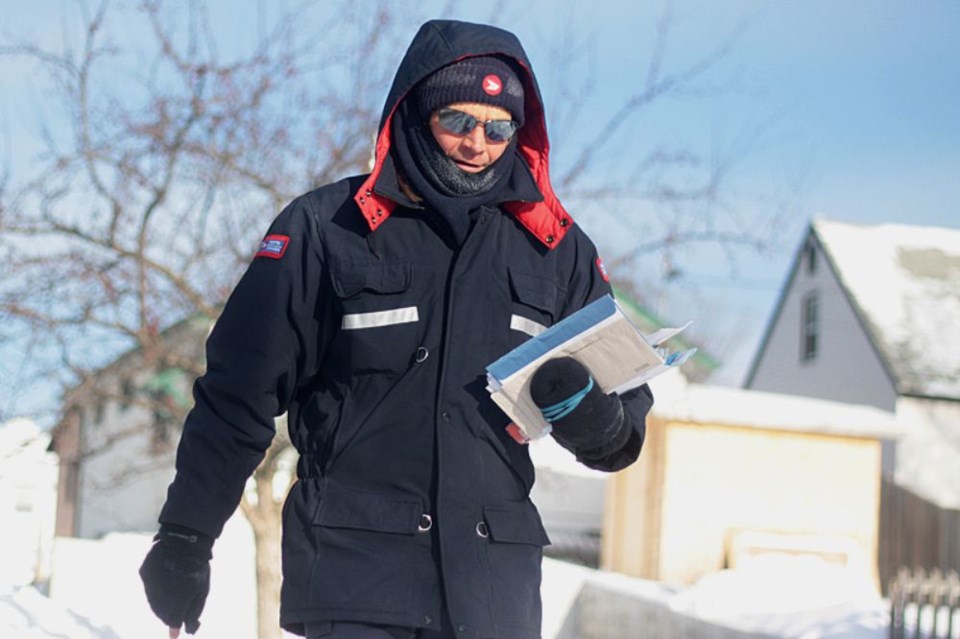THUNDER BAY – Residents are encouraged to take precautions when spending extended periods of time outside during this run of cold weather.
Even though an extreme cold warning for the city was officially lifted Monday morning, temperatures are expected to be bitterly cold for the rest of the week. Marita Campbell, a public health nurse with the Thunder Bay District Health Unit, cautions that exposed skin can freeze in a matter of minutes in frigid temperatures.
It’s important to pay attention to the warning signs.
“With a mild frostbite usually you’ll notice that your skin will turn a yellow or white colour and as the warming process begins it might turn a little red,” she said.
“With severe frostbite that can cause permanent damage to the body and it will turn an extreme white and there is numbness, tingling and a burning feeling.”
The risks of windburn and frostbite are drastically increased when wind chill values go below -27 C.
Environment Canada is forecasting high daily temperatures to be around -20 C for the rest of the week, with wind chill values below -27 C.
Campbell advises people to dress in layers when going outside, and to add or remove layers as necessary. Accessories such as hats, scarves and mittens should be worn as often as possible.
In cases of mild frostbite a process called passive warming is recommended, where people are encouraged to go into a warm room, remove wet clothes and cover up with a blanket.
Trying to warm the skin through physical contact, such as rubbing, does more harm than good.
One of the worst things for people to do if they’re going to be outside is to drink alcohol.
“There is an increased risk for hypothermia when you’re drinking alcohol because the increased flow to your extremities might make it feel like your hands and feet are quite warm when the temperature is actually affecting them,” Campbell said.
